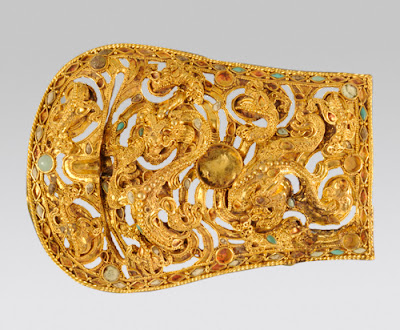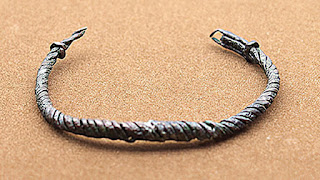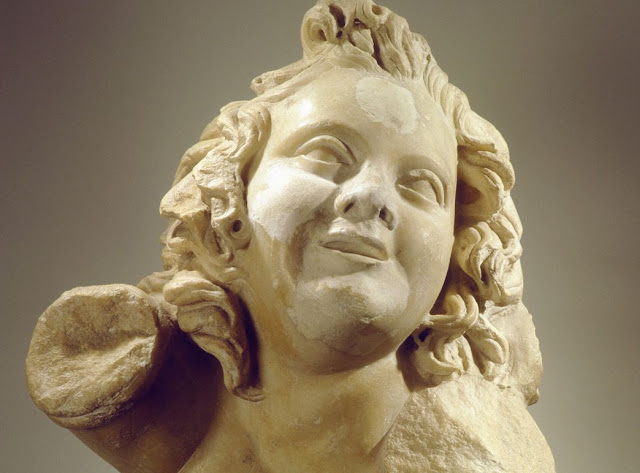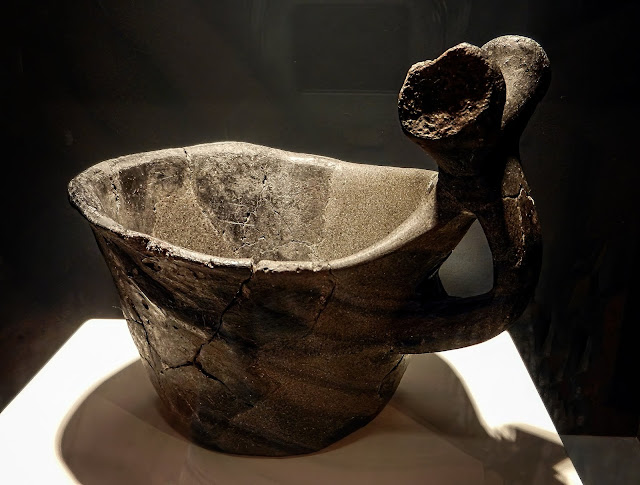Artifacts from archaeological expeditions to the ancient city of Ephesus on display at the Ephesos Museum in Vienna, Austria

Artifacts from archaeological expeditions to the ancient city of Ephesus on display at the Ephesos Museum in Vienna, Austria. The Ephesos Museum in Vienna displays antiquities from the city of Ephesus, in modern-day Turkey. Begun in the late 19th century, the collection includes original works of sculpture and architecture from seven expeditions between 1896 and 1906. Works include remnants from the late-Classical Altar of Art emis, including a 4th century BCE sculpture of an Amazon, the Parthian Monument commemorating the campaigns of the Roman Emperor Lucius Verus, a model of ancient Ephesus, architectural and sculptural cult relics from the Sanctuary of the Great Gods, on the Greek island of Samothrace, and numerous sculptures including a Roman bronze of an athlete cleaning his strigil from the 1st century CE copied from a 4th century BCE Greek original. Image: Roman bronze of an athlete cleaning his strigil 1st century CE copy of 4th century BCE Greek original courtesy























